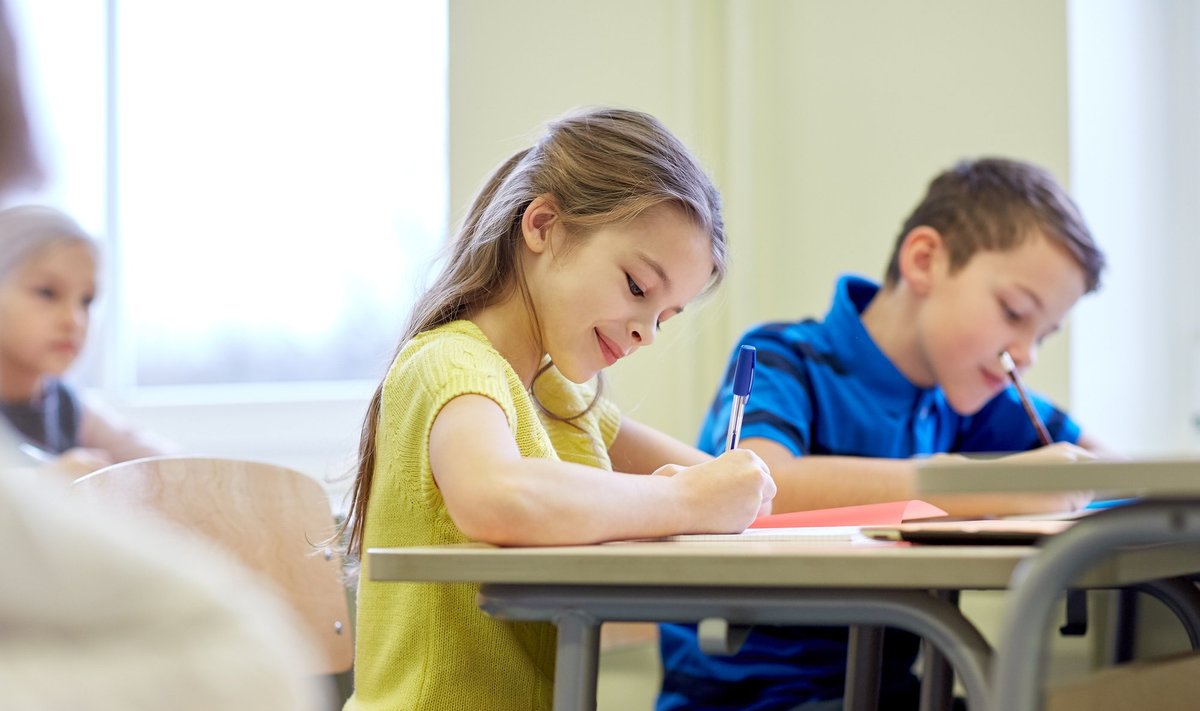“It is really good to see how these reforms are taking shape in Lithuania, especially considering their difficulty. We can see that Lithuania follows OECD recommendations. These steps are essential to improving learning outcomes in the long-run. We have actually seen that countries going through similar reforms have been able to significantly improve results in rural areas”, - Andreas Schleicher said during a visit to Vilnius, Lithuania, where he had a discussion and meeting with minister Jurgita Šiugždinienė.
A. Schleicher is widely known as the initiator of the OECD Programme for International Student Assessment (PISA).
As it is already announced, the Government of Lithuania decided to establish new rules for the formation of classes and the school network.
“Lithuania should have implemented these changes a long time ago, but there was a lack of political will and determination. These decisions were made with the aim to provide all children, regardless of where they live and what their family's social status is, with the best educational conditions and broad opportunities for informal education. And to provide all students of the 3rd and 4th grades of gymnasiums with the opportunity to choose the subjects they want to study and to prepare to study in the desired field of higher education or obtain a profession”, – said the Minister of Education, Science and Sports of Lithuania Jurgita Šiugždinienė.
According to the new rules, it is no longer allowed to form joint classes in grades 5-8. The minimum number of students in grades 1-4 and 5-10 (including I-II gymnasium classes) is 8. Classes with less than 8 students are not financed by state funds. In primary education (grades from 1 to 4) only two adjacent classes can be joined.
The number of students in III gymnasium classes should gradually increase. In stage I, the minimum possible number of students in the III and IV classes of a gymnasium is 12 students. In stage II, the minimum possible number of students in the III gymnasium class, when it is allowed to form one III gymnasium class, will be increased to 21 students. In stage III, gymnasiums will have to form at least two III gymnasium classes (at least 31 students per class stream) (exceptions in rural areas, and schools of national minorities).
Smaller gymnasium classes will not receive funding from the state budget.
No school will be able to have less than 60 students, smaller schools will have to be merged with larger ones or be closed.
Various exceptions apply to schools where children are taught in the languages of national minorities, as well as to schools in those municipalities where Lithuanians are a minority and where the language of instruction is Lithuanian.
